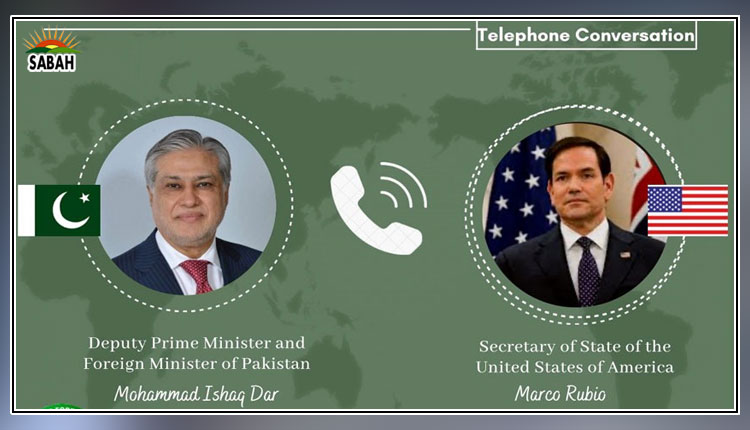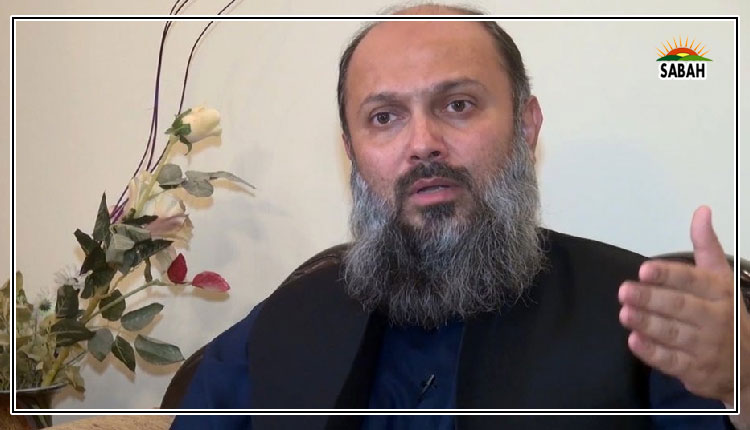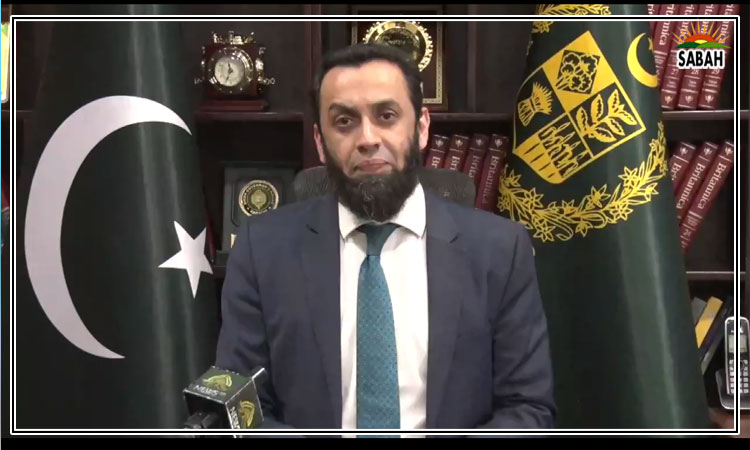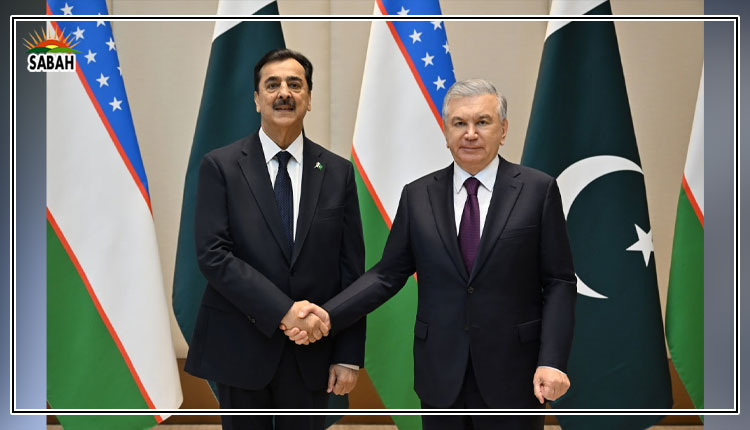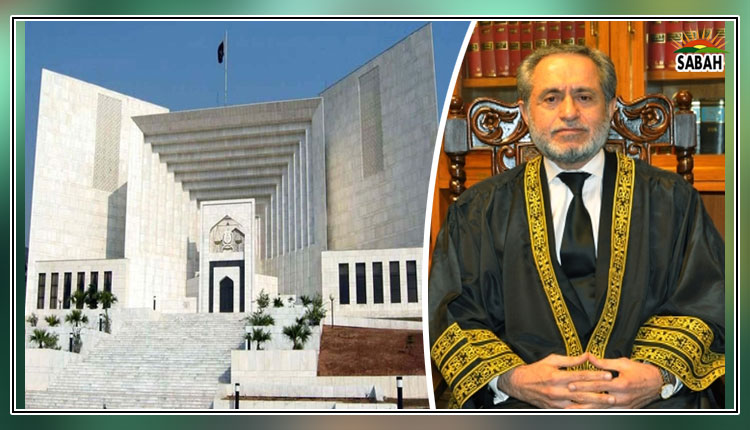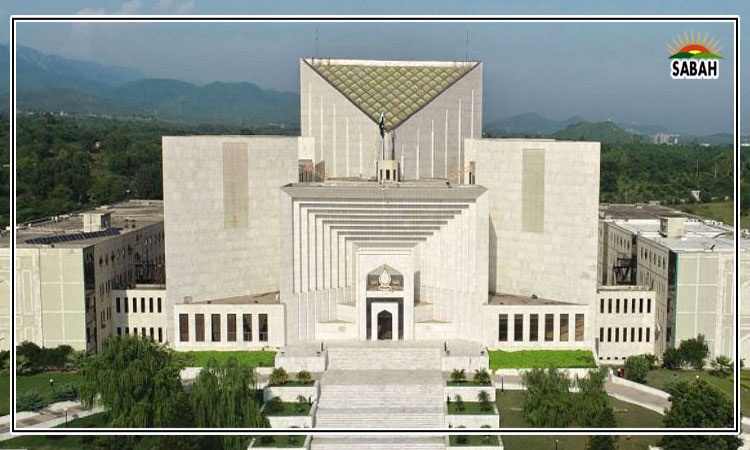The great tuition debate…Dr Ayesha Razzaque
It is that time of the year again when summer ends and schools reopen, many and often with revised fees. Every year, this reignites the annual debate around private school fees and where to draw the line between fair and excessive increases. Public schools are inexpensive in relative, and arguably absolute, terms. That is why the tuition fee debate always centres on private schools.
Article 25-A of the constitution of Pakistan guarantees citizens the right to free and quality education up to age 16, approximately grade 10. According to the Pakistan Education Statistics 2021-22 report, 29 million children go to public schools, while an almost equal number, 26 million, go to private schools, and – according to different sources between two and five million attend madrassahs. That leaves another 26 million children, nearly equal to the number of private school-going children, out of school.
There are two very key takeaways in these numbers: one, while the state is responsible for providing an education to every child in the country, the private school sector serves almost as many students as public schools. And, two, if private schools were to close tomorrow, the public school sector would be helplessly out of its depth accommodating all the children that would be looking for schools. But you do not even have to go that far because an almost equal number of children who should be in schools are not. The bottom line is that the public school sector is failing to provide all eligible children an education, not to speak of a quality education.
A 2019 judgment by the Supreme Court of Pakistan considered a string of judgments and appeal cases filed in high courts in Sindh, Punjab, Quetta, and Peshawar as well as the Supreme Court since 2005. In Punjab, private schools are regulated by the Punjab Private Educational Institutions Ordinance 1984 and subsequent amendments with the last one in 2017. Similarly, in Sindh private schools are regulated by the Sindh Private Educational Institutions (Regulation and Control) Rules, 2005.
These regulations have put maximum caps on the increase in private school fees from one year to the next. In Sindh, that cap is placed at 5.0 per cent of the previous years fee, in Punjab and ICT at 5 percent but can be stretched to 8.0 per cent after a school jumps through more hoops, and in Khyber Pakhtunkhwa the cap is set at 10 per cent. It is usually on the grounds of these regulations that parents demand that courts order their childrens private schools to reduce tuition fees.
Instead of wading through years of judgments by courts on this issue, let us see if we can apply some common sense and fairness to this issue. If we look at the World Bank inflation data of Pakistan from 1960 to 2022, in only 17 of those 62 years was the annual rate of inflation in Pakistan less than 5.0 per cent. Over the same period, in 18 years the rate of inflation exceeded 10 per cent. For 2023, not included in the World Banks data set, other sources report the inflation rate at greater than 20 per cent.
Like many poorly drafted laws, Punjab treats private schools differently based on whether they charge more or less than Rs4,000 per month in tuition fees. In 2021, the Private Educational Institutions Regulatory Authority (PEIRA) that regulates schools in the ICT took it a step further and defined three categories of low- (less than Rs5000 pm), medium- (Rs5,000 to 10,000 pm), and high-fee (more than Rs10,000 pm) private institutions.
At that time, low-, medium-, and high-fee schools made up 83, 6.5, and 10.5 per cent of all schools in the ICT. It is only 2024, and many schools must have already slipped from low and medium to medium and high categories. Setting such thresholds in absolute terms in a currency that loses purchasing power every year is nonsensical.
Schools pay rents or leases, utility bills, consumables, and salaries their costs are as much at the mercy of inflation as individuals. Moreover, notwithstanding all the politically correct talk about not treating education as a business, except for non-profit schools, that is precisely what private schools are: for-profit businesses. And no for-profit business can keep its doors open for long if it cannot recover its costs and make a profit. Then, does it make sense to cap the annual increase in school tuition fees at a rate lower than inflation?
Politicians and bureaucrats have never seen a price control mechanism they dont like. In the context of private schools, politicians get to earn the applause of voters on the backs of private school owners and bureaucracy gets another say in the operations of private schools, making for a potential avenue for corruption.
Among other laws relevant to private schools is the Punjab Free and Compulsory Education Act of 2014. Article 13 compels private schools to admit 10 per cent of their students free of cost. This adds to the schools costs and will ultimately be borne by the parents of other children it amounts to a poorly disguised tax on private school education. The government of Pakistan has perfected the art of populist wins on the backs of others.
On occasion, petitioners have even invoked Article 25-A to force private schools to lower tuition fees to their liking. It has never made sense to me how parents decline to send their children to public schools but then feel privileged to force private schools to unrealistically lower their fees to their liking by employing archaic and nonsensical price control rules. Stifle an industry, and businesses will start exiting it or discourage new entrants. That would amount to a lose-lose-lose situation for parents, the state, and private school owners.
Government is not competent to decide what price private schools (or any business) ought to charge for their services. It has never covered itself in glory any time it has exerted price controls. In a competitive market and the domestic school education market is, if nothing else, competitive setting the price for services at which supply balances demand is best left to the free market. If governments (politicians and bureaucrats) are truly concerned about the cost of private school education, they ought to address it by increasing the supply of quality schooling by the public sector. But then, that is harder than pulling the price control lever and reducing prices by decree.
Parents elect to send their children to private schools because they are better, and offer services, facilities, and activities that public schools do not. And when you force a vendor, seller, or service provider to sell their wares or services at a forcibly depressed price, you are asking to be taken advantage of. A few years ago, when a court ruled in favour of keeping tuition fees at an artificially low level, schools started to lay off music, art, and physical education teachers and scaled back or discontinued enrichment activities all the things people send their children to private schools for in the first place.
However, there are other opportunities to reduce the costs of private education. The state has failed to provide sufficient quality schools to people and a large segment of the population opts out and goes to the private sector, on their own dime, thus freeing the state from some of its burdens. Since private schools are businesses, after all, they too need to pay taxes (something many are resisting). The fact that private school businesses are reducing the states burden to fulfill its obligations to citizens justifies lowering tax rates on schools if that benefit is passed on to parents, but that is a big if.
Alternatively, to ensure the benefits of lower tax collection from the private school sector are passed on to parents and not pocketed by schools, might it not make sense to give an income tax credit to parents of private school children? That can be justified because these families are not taking advantage of the states subsidy on public school education. This would require tax-filing parents to report their private school fee payments which would give the FBR insight into school revenues of schools not filing taxes themselves.
There is also another avenue that many private schools have long exploited for financial gain in the name of erasing household wealth inequalities between children during school time the mandating of non-generic uniforms and school supplies unique to each school. These are often only available from the school or a very specific vendor that is granted a monopoly and is often a business partner of the school.
In ICT, PEIRA has issued regulations to prohibit this, but to little effect. When schools require an injection of cash, they may decide to modify the school uniform, thus forcing all students to buy all new uniforms. Loosening unnecessarily strict requirements in favour of more relaxed and generic uniforms will create competition between vendors and lower costs in an aspect of education that only private school owners profit from but does nothing to improve learning or the student learning experience.
In conclusion, while price controls may seem like an appealing solution to rising private school fees, they are not the answer. Instead, a combination of tax incentives for parents and schools, coupled with deregulation, can create a more equitable and affordable private education sector that complements the public sector.
The writer (she/her) has a PhD in Education.
Courtesy The News


